Description: Starling: The starling is found throughout the United Kingdom and in most other parts of the world. The Starling has the reputation for being one of the noisiest and most gregarious garden birds. The plumage is mainly blackish with buff edged wing feathers and reddish-brown legs. The sexes are alike though the male has fewer speckles on the rump and wings. The bill is dark grey-brown during the winter. Starlings are great at mimicry, with examples including machines, such as telephones and car alarms, and other birds such as curlews and pied wagtails. Consequently, it is difficult to know what their song is other than a medley of squeaks, clicks and whistles.
Biology: Starling: The male builds the nest from grass in a hole in a wall, tree or building, but the female lines it with feathers, wool and moss. The male may decorate the nest with leaves and petals in order to deter parasites and improve his chances of attracting a mate. The eggs are pale light blue, smooth and glossy, and about 30mm in length. Breeding starts in mid-April. There are 1 to 2 clutches each containing 4 to 9 eggs. Incubation lasts between 12 to 15 days and the hatched chicks are fledged after about 20 days.
Control: A thorough survey by professional personnel is highly recommended. Birds and their droppings make buildings look unattractive and poorly maintained. (As shown below) The droppings can create a slip hazard, and its acidic characteristic eat away at stonework. Bird prevention is possible by many approved solutions, Netting, Gelling, Spring Wires, Spike System and Cleaning & Proofing.
Bird Control London Local Professional Company Established 1987
|
||||||||||||||||||||||||||||||||||||||||||||||||||||||||
Starlings Control London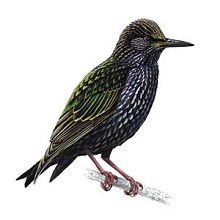 A COSHH Assessment on Bird Faeces, Debris and Nesting Materials is carried out for all work involving birds. Click Here for Details. Fatal Infection from Feral Birds, Click Here for Details. Photos of our Unobtrusive Bird Control Systems. Click each thumbnail for a larger photo. |
||||||||||||||||||||||||||||||||||||||||||||||||||||||||
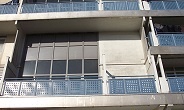 | 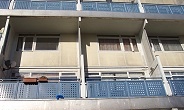 |  | ||
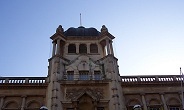 | 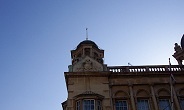 |  | ||
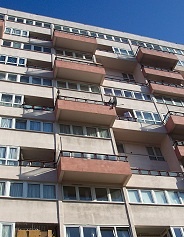 | 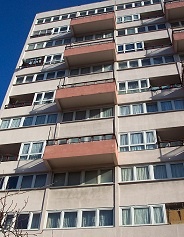 | |||
 |  | |||
 |  | |||
 |  |  | ||
 | 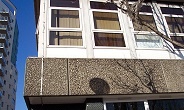 | 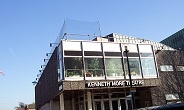 | ||
Starling Control London ~ Pest Control North London ~ Starling Control South East London ~ Starling Control Central London ~ Starling West Control London ~ Starling Control Essex
Copyright © 2008 - 2025 Advanced Bird Control